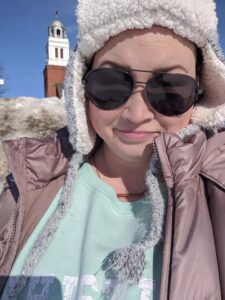 In a world where going green is the most common thing, what can we do to bring this aspect into the classroom.
In a world where going green is the most common thing, what can we do to bring this aspect into the classroom.
This is just one of many questions we have been asking ourselves as we begin to create curriculum for our modules. Something that I have been passionate about and been involved in since I was a child has been gardening. Thank’s to my mom who is a horticulturist I have learned A LOT! That doesn’t mean I am a pro at it, I still have my non-green thumb moments, sorry houseplants…but it is always a learning process and sometimes you have to experiment.
After some discussion with my mom (she has more knowledge than I do, don’t be afraid to ask for help) I discovered that we needed to make sure that the plants we chose to include can be grown in both Abbotsford and Chandigarh climates. Make sure to check out the module for a fun way to research the climates in both locations and the reasons behind why some plants can grow only in certain places.
I have done a bit a research, connected with my sources (my mom) and come up with a plan. Now most schools may not have the resources or time to have a school community garden, but if you do it is an excellent teaching opportunity about resources, growth, and sustainability. Having a community garden or even a classroom window garden you can use it to cross multi disciplines: science, math, and english! Not to mention the TASTE TESTING!! I think this last piece is just as important as the rest, have the students taste what they have grown. From experience what you grow tastes 10x better than store bought. And depending how big your garden is you could donate the food you grow to your school meal program. How cool is that! Check out the Food, Garden, Life Podcast “Teaching Life Skills in a Garden Classroom” located on our podcast page.
Keep your eyes out for some awesome, interactive, and mind blowing curriculum coming soon!
– Stephanie
Photo Credit: John Boitnott. "4 Reasons Why Going Green Has Gone Mainstream in Business". Inc. May 27, 2015. https://www.inc.com/john-boitnott/4-reasons-why-going-green-has-gone-mainstream-in-business.html
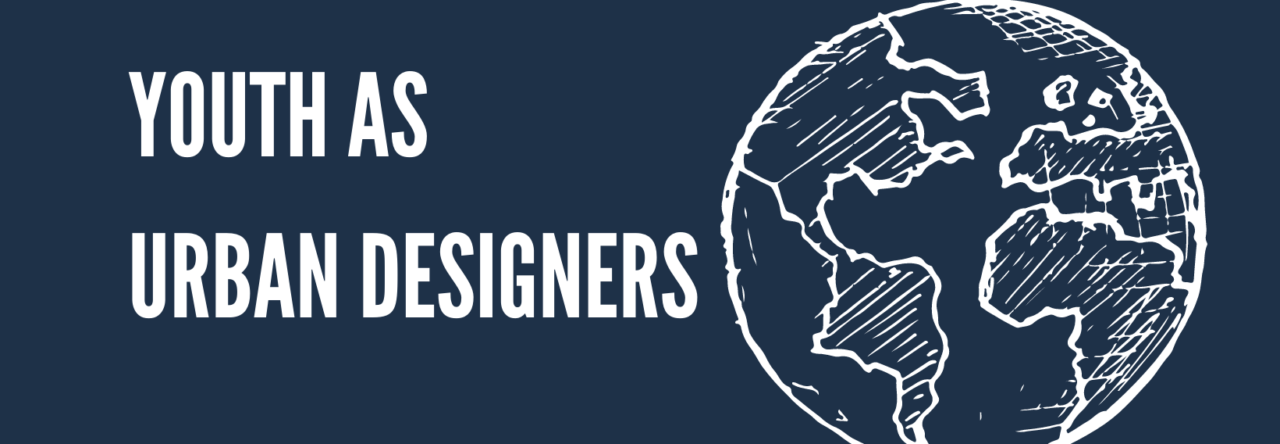


 We spent a majority of the morning testing out some of the lesson plans we have already created. We spent the morning planting seeds, while telling stories and discussing the different aspects of curriculum, topics, and themes we could or should include in our gardening & farming module.
We spent a majority of the morning testing out some of the lesson plans we have already created. We spent the morning planting seeds, while telling stories and discussing the different aspects of curriculum, topics, and themes we could or should include in our gardening & farming module.
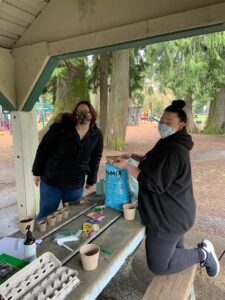
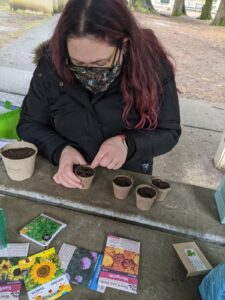
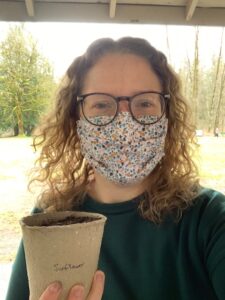
 If I could change something in my neighbourhood to make it more child-friendly, I would see what the children of the neighbourhood wanted to see. Maybe that means shutting the street down for block parties or street hockey. Maybe that looks like a communal library box, or bulletin board to share their creations they made in their yards. All of these things could possibly lead to more neighbourhood connections and friendships made, which would fuel the inspiration we are seeing with the children of the neighbourhood.
If I could change something in my neighbourhood to make it more child-friendly, I would see what the children of the neighbourhood wanted to see. Maybe that means shutting the street down for block parties or street hockey. Maybe that looks like a communal library box, or bulletin board to share their creations they made in their yards. All of these things could possibly lead to more neighbourhood connections and friendships made, which would fuel the inspiration we are seeing with the children of the neighbourhood. Besides working on our annotated bibliography and literature review, I had been tasked with finding children’s literature to both support and supplement our curriculum modules. You can find our list of resources under the classroom activities menu in books. I love a good read-a-long book and let me tell you there are SO MANY books about neighbourhoods, communities, citizenship, parks, playgrounds, and community gardens to be found and used as resources. Every time I search for books, it seems there are new titles with new ideas to support Children and their interactions with others and the environment in their neighborhoods, communities and cities. Plenty of content and resources means there are tons of opportunities for us as parents and educators to actively encourage our children to voice their concerns and ideas as young citizens within our communities and cities.
Besides working on our annotated bibliography and literature review, I had been tasked with finding children’s literature to both support and supplement our curriculum modules. You can find our list of resources under the classroom activities menu in books. I love a good read-a-long book and let me tell you there are SO MANY books about neighbourhoods, communities, citizenship, parks, playgrounds, and community gardens to be found and used as resources. Every time I search for books, it seems there are new titles with new ideas to support Children and their interactions with others and the environment in their neighborhoods, communities and cities. Plenty of content and resources means there are tons of opportunities for us as parents and educators to actively encourage our children to voice their concerns and ideas as young citizens within our communities and cities. In a world where going green is the most common thing, what can we do to bring this aspect into the classroom.
In a world where going green is the most common thing, what can we do to bring this aspect into the classroom.
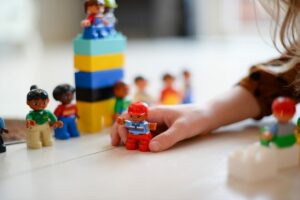
 It may be reading break at the Universities this week, but its the perfect opportunity for us to prep for a busy week ahead!
It may be reading break at the Universities this week, but its the perfect opportunity for us to prep for a busy week ahead!